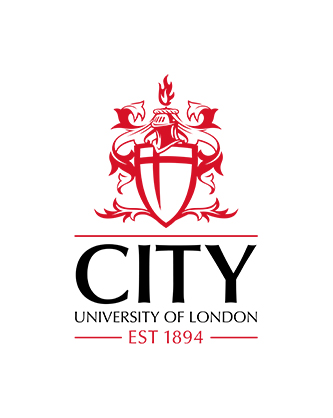Preterm nutritional intake and MRI phenotype at term age: a prospective observational study
Vasu, V., Durighel, G., Thomas, L. , Malamateniou, C., Bell, J. D., Rutherford, M. A. & Modi, N. (2014). Preterm nutritional intake and MRI phenotype at term age: a prospective observational study. BMJ Open, 4(5), article number e005390. doi: 10.1136/bmjopen-2014-005390
Abstract
Objective:
To describe (1) the relationship between nutrition and the preterm-at-term infant phenotype, (2) phenotypic differences between preterm-at-term infants and healthy term born infants and (3) relationships between somatic and brain MRI outcomes.
Design:
Prospective observational study.
Setting:
UK tertiary neonatal unit.
Participants:
Preterm infants (<32 weeks gestation) (n=22) and healthy term infants (n=39)
Main outcome measures:
Preterm nutrient intake; total and regional adipose tissue (AT) depot volumes; brain volume and proximal cerebral arterial vessel tortuosity (CAVT) in preterm infants and in term infants.
Results:
Preterm nutrition was deficient in protein and high in carbohydrate and fat. Preterm nutrition was not related to AT volumes, brain volume or proximal CAVT score; a positive association was noted between human milk intake and proximal CAVT score (r=0.44, p=0.05). In comparison to term infants, preterm infants had increased total adiposity, comparable brain volumes and reduced proximal CAVT scores. There was a significant negative correlation between deep subcutaneous abdominal AT volume and brain volume in preterm infants (r=−0.58, p=0.01).
Conclusions:
Though there are significant phenotypic differences between preterm infants at term and term infants, preterm macronutrient intake does not appear to be a determinant. Our preliminary data suggest that (1) human milk may exert a beneficial effect on cerebral arterial vessel tortuosity and (2) there is a negative correlation between adiposity and brain volume in preterm infants at term. Further work is warranted to see if our findings can be replicated and to understand the causal mechanisms.
| Publication Type: | Article |
|---|---|
| Subjects: | R Medicine > RG Gynecology and obstetrics |
| Departments: | School of Health & Medical Sciences > Department of Allied Health |
| SWORD Depositor: |
Available under License Creative Commons: Attribution International Public License 4.0.
Download (1MB) | Preview
Export
Downloads
Downloads per month over past year


 Metadata
Metadata Metadata
Metadata